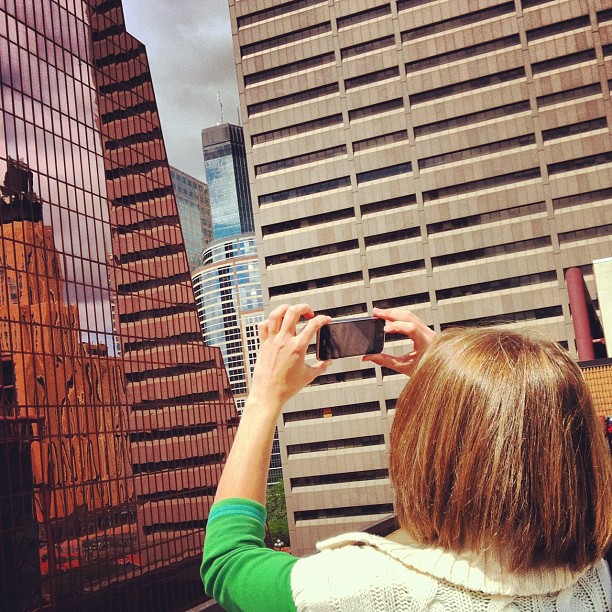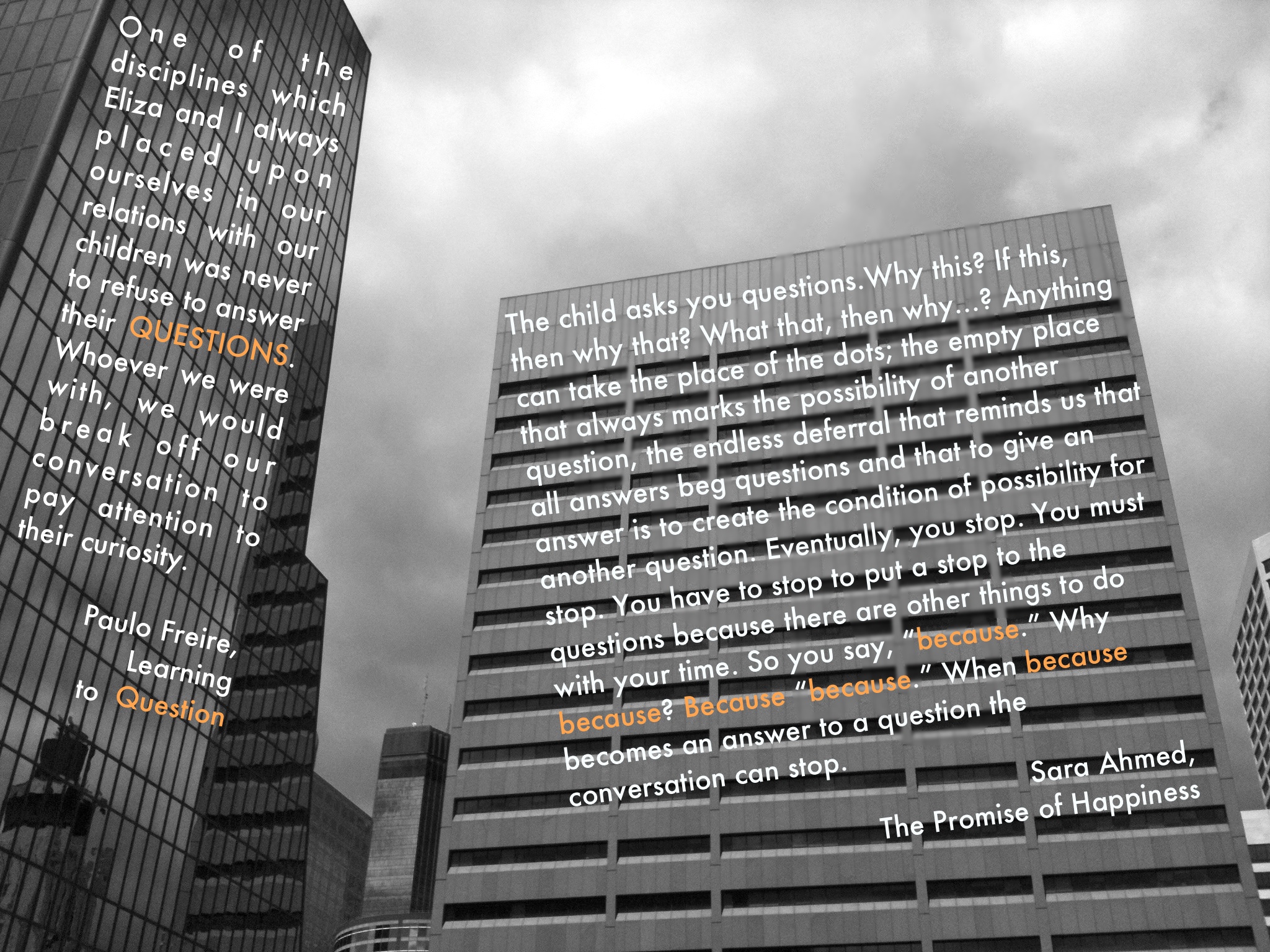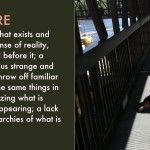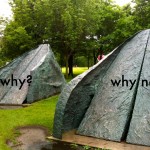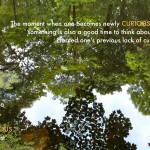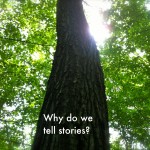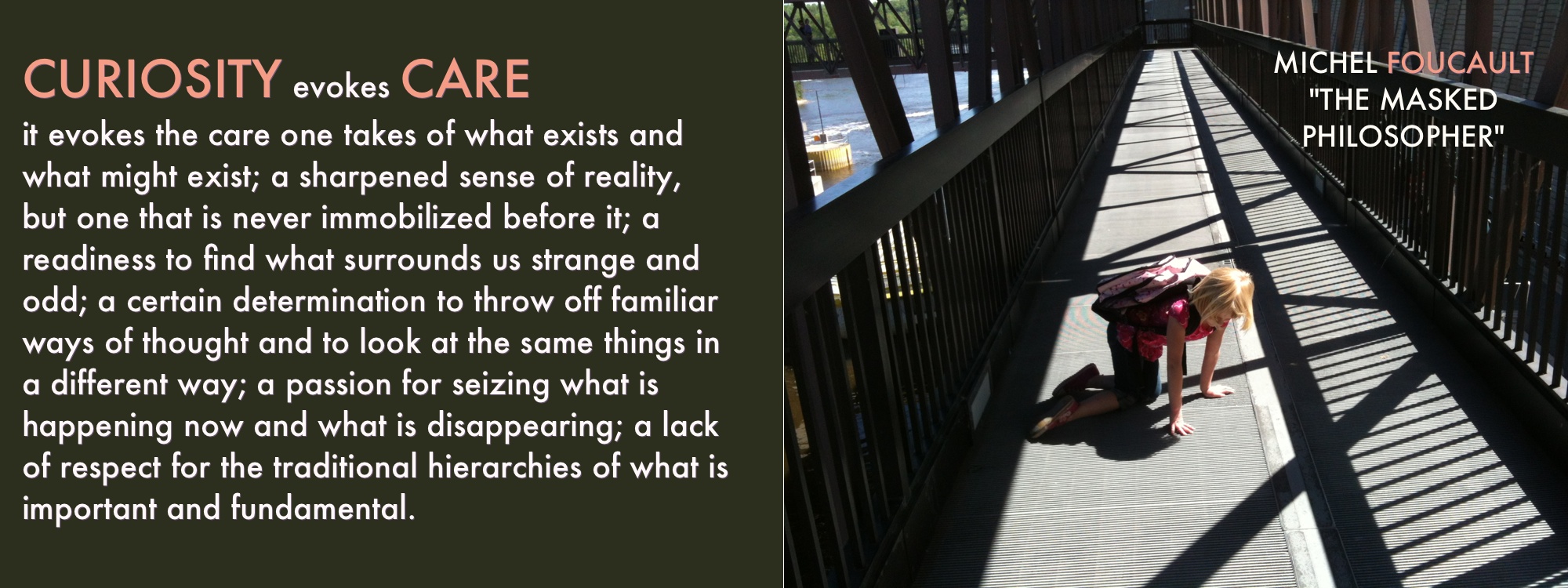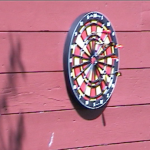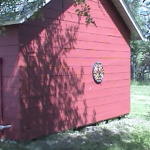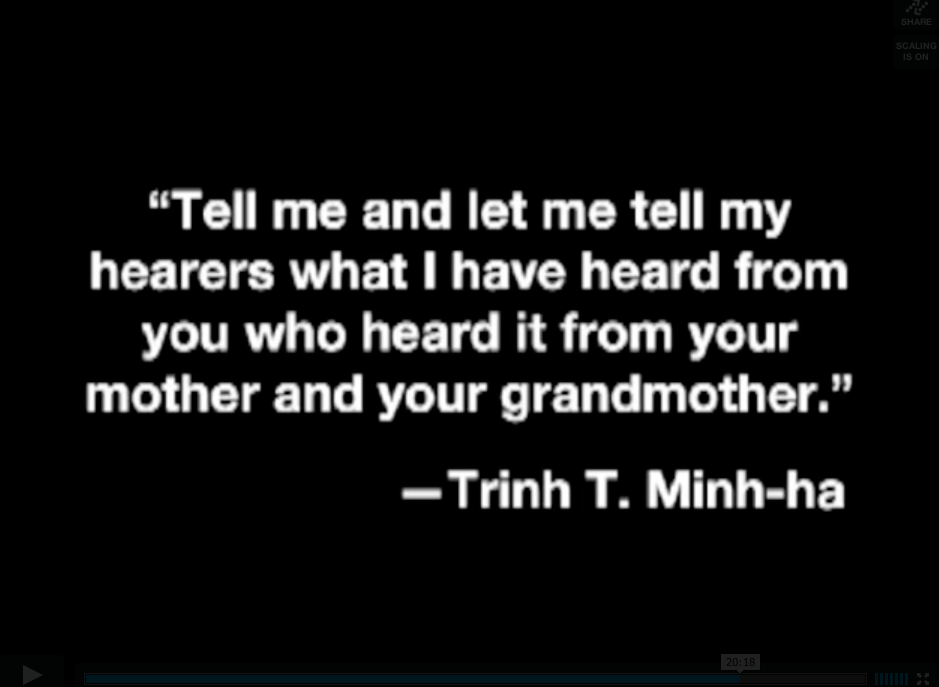After several weeks break, I’m finally returning to my four part series about how I’m using social media to make trouble. Today, I’m focusing on Tumblr. While I have been busy with other projects (personal and professional), that’s not the only reason why it’s taken me this long to write about how I’m using Tumblr. It took this long because I didn’t really know how I was using it to make trouble. When I first started posting on Tumblr, I had a general, very vague, sense that I wanted to use it to post my examples of making and staying in trouble, but I didn’t have a more specific sense of how I would track/post these examples.
In the brief time I’ve been on Tumblr (since Jan, 2012), I’ve come to realize that it works best, at least for me, when you have a fairly focused and consistent approach to posting. One thing I’ve always liked about my trouble blog is how I can take a very broad and open-ended topic like trouble/making and open it up even further by experimenting with a diversity of ways that it can be understood; the format of the blog encourages this expanding and complicating. In contrast, there’s something about the format of Tumblr that encourages me to focus my ideas and narrow/streamline my vision of how to track and post trouble inspirations. What is it about the format? Even as I love broadening visions and being open to increasingly wider ways of being, I like how tumblr is encouraging me to focus.
Some have argued that Tumblr’s lasting contribution to social media is the single-serving site (although others, like STA, disagree with naming this as “single-serving” because a single-serving site is technically a site with a single post, not a site with a series of posts on a single theme). I’m not sure that I agree, but I do like how some people are creatively experimenting with single-serving (or single-purpose?) tumblrs. A few of my favorite include:
A Very Brady Blog
Fuck Yeah Lisa Simpson
Feminist Care Packages
Hipster Animals
Hmm…as I look over this brief list, I’m not sure that some of these count as single-purpose/single-serving tumblrs? Maybe single-serving sites are even more focused and short-lived (like feminist harry potter or animals disappointed)?
Anyway, I like how Tumblr is encouraging me to experiment with focusing my efforts and with developing projects and products that are consistent and brief. Now, after using Tumblr for almost 5 months (and posting 80 examples), I finally have a more focused plan for how to use it in my own efforts to, as I express it in my tumblr description, “track examples of trouble for inspiration and for training to be a virtuous troublemaker.” Instead of posting tons of examples of troublemaking or troublestaying (I’m using Pinterest for that), I’m using Tumblr to post my experiments with inspiring/provocative “posters.” These posters are intended to model yet trouble self-helpy type posters and are a first attempt at playing with (troubling, challenging, disrupting) self-help methods, approaches and attitudes. Here’s a gallery of my posts far:
Each tumblr poster combines a question or a quotation that has shaped my work with a picture that I’ve recently taken with my iPhone camera while on a walk/hike/run/bike ride. Clicking on the image links to a previously written post on my trouble blog about the question or quotation. I plan to post these daily (as part of my larger goals of understanding troublemaking/staying as a virtue that needs to be cultivated repeatedly through daily practices). I’m not sure if these will be interesting for anyone else, but I think they might help me to make my feminist/queer academic ideas more succinct and accessible. Plus, it will allow me to experiment with being more creative and encourage me to get outside more and enjoy the summer in Minneapolis.


